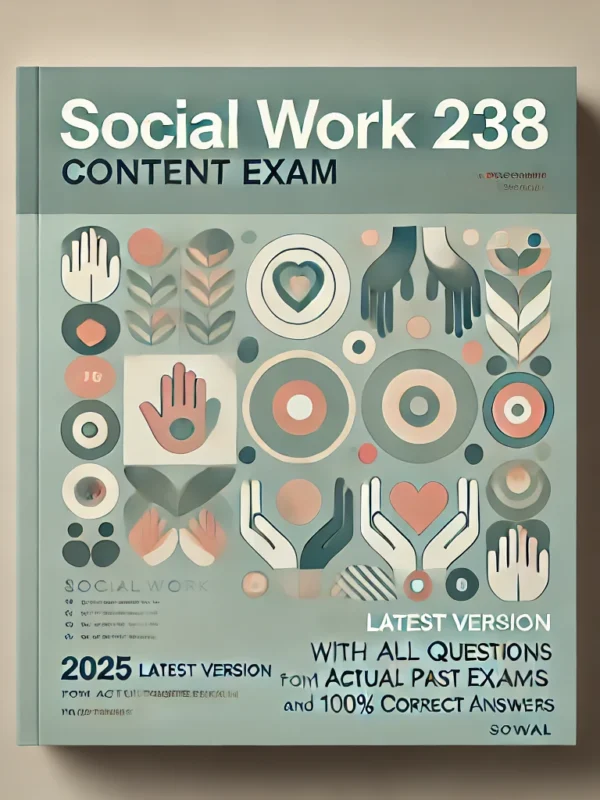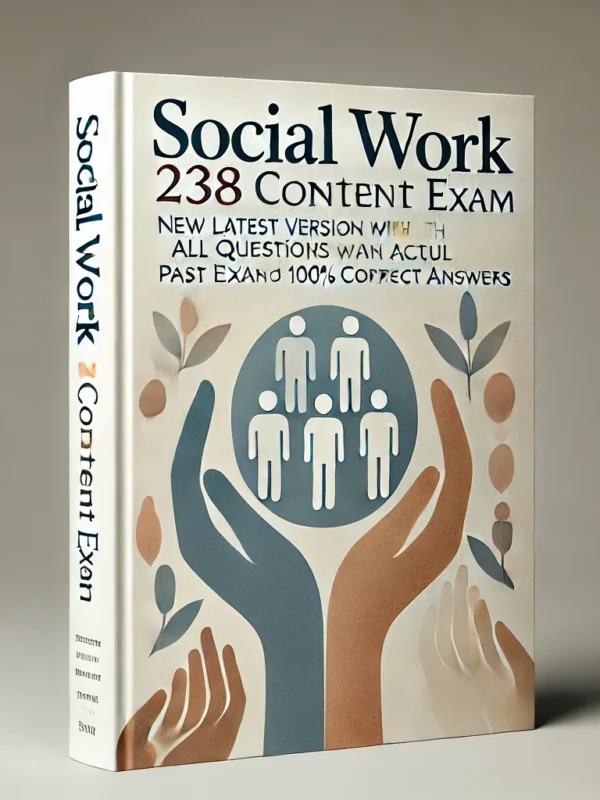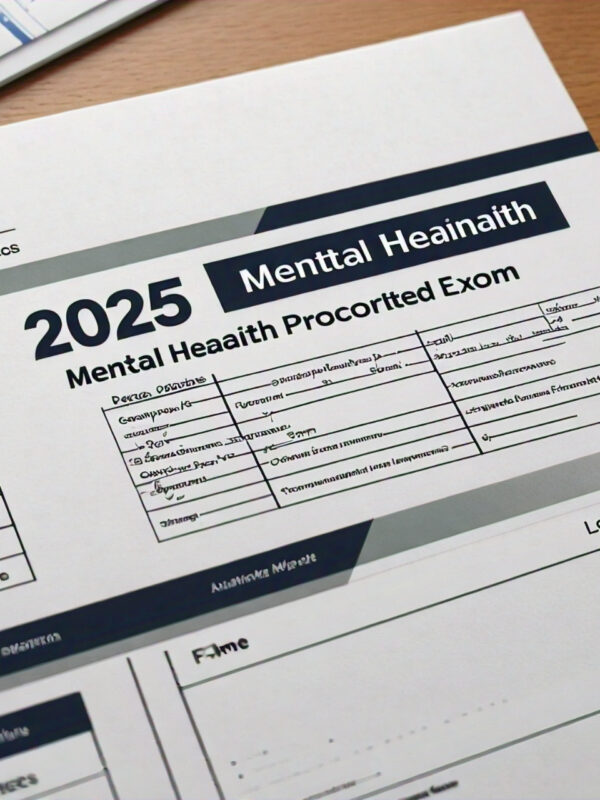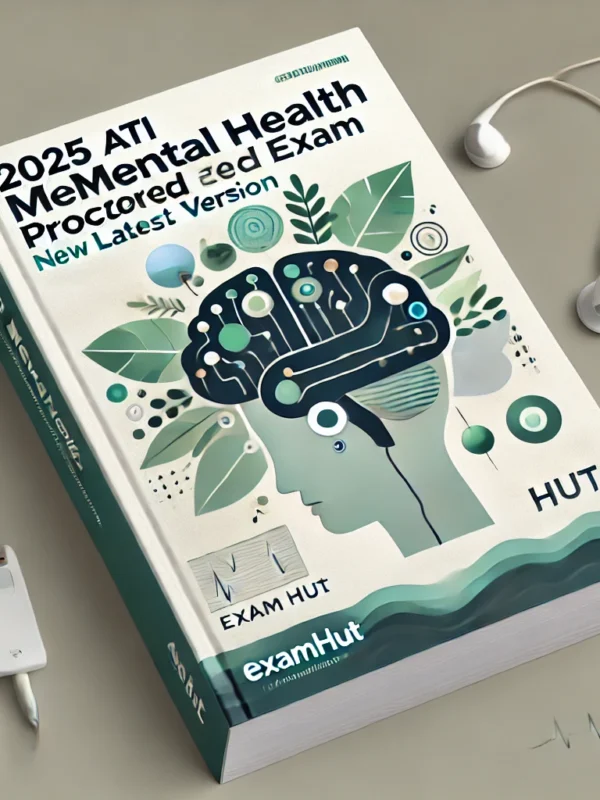-
250 real CRCR exam questions with detailed answers
-
In-depth review of key concepts: billing, coding, and compliance
-
Expert tips and strategies to boost exam performance
-
Updated 2025 content aligned with CRCR standards
-
Covers patient access, revenue cycle management, and reimbursement
-
Proven methods for guaranteed success in certification
-
Perfect for healthcare professionals seeking CRCR credentials
Preview
1. Which of the following statements are true of HFMA’s Patient Financial
Communications Best Practices?
A) The best practices were developed specifically to help patients understand the cost
of services, their individual insurance benefits, and their responsibility for balance after
insurance, if any.
B) The best practices were developed to ensure patients are not charged for services
rendered.
C) The best practices only apply to emergency services.
D) The best practices are meant solely for Medicare patients.
Correct Answer: A) The best practices were developed specifically to help patients
understand the cost of services, their individual insurance benefits, and their
responsibility for balance after insurance, if any.
Rationale: HFMA’s Patient Financial Communications Best Practices focus on helping
patients understand the financial aspects of their healthcare, including the cost of
services, insurance benefits, and any remaining balance after insurance payments.
2. The patient experience includes all of the following except:
A) The patient’s comfort during treatment.
B) The quality of the interaction with healthcare staff.
C) The average number of positive mentions received by the health system or practice
and the public comments refuting unfriendly posts on social media sites.
D) The time taken to schedule an appointment.
Correct Answer: C) The average number of positive mentions received by the health
system or practice and the public comments refuting unfriendly posts on social media
sites.
Rationale: While patient experience includes aspects like comfort, interaction quality,
and scheduling efficiency, social media activity such as refuting posts is not directly
part of the patient experience.
3. Corporate compliance programs play an important role in protecting the integrity
of operations and ensuring compliance with federal and state requirements. The
Code of Conduct is:
A) A set of rules created for only top-level management.
B) A critical tool to ensure compliance with the organization’s compliance standards
and procedures, an essential and integral component of the organization’s culture, and
fosters an environment where concerns and questions may be raised without fear of
retaliation or retribution.
C) Only applicable to financial operations.
D) A guideline for the marketing department.
Correct Answer: B) A critical tool to ensure compliance with the organization’s
compliance standards and procedures, an essential and integral component of the
organization’s culture, and fosters an environment where concerns and questions may
be raised without fear of retaliation or retribution.
Rationale: The Code of Conduct ensures that the organization complies with legal
standards and promotes a culture where employees can raise concerns without fear of
retaliation.
4. Specific to Medicare fee-for-service patients, which of the following payers have
always been liable for payment?
A) Private insurance companies.
B) Public health service programs, federal grant programs, VA programs, black lung
program services, and workers’ compensation claims.
C) Patients themselves.
D) State-run insurance programs only.
Correct Answer: B) Public health service programs, federal grant programs, VA
programs, black lung program services, and workers’ compensation claims.
Rationale: These programs are responsible for payment under Medicare fee-for
service, rather than relying on patients’ insurance or personal funds.










Reviews
There are no reviews yet.